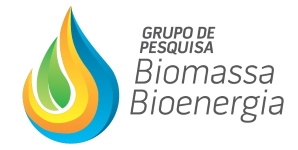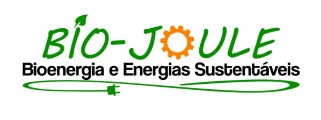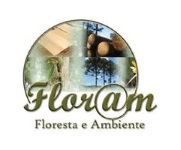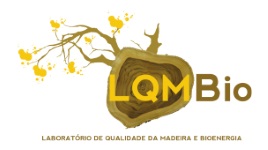DESIGNATION OF EUCALYPTUS GENOTYPES FOR ENERGETIC USE COMBINING SELECTION INDEX AND DIFFERENT METHODS OF CLASSIFICATION
06 - Charcoal
 1 VINÍCIUS LIMA TEIXEIRA, 1 ANA MÁRCIA MACEDO LADEIRA CARVALHO , 1 ANGÉLICA DE CÁSSIA OLIVEIRA CARNEIRO, 1 RAFAEL TASSINARI RESENDE, 1 DANILO BARROS DONATO
1 VINÍCIUS LIMA TEIXEIRA, 1 ANA MÁRCIA MACEDO LADEIRA CARVALHO , 1 ANGÉLICA DE CÁSSIA OLIVEIRA CARNEIRO, 1 RAFAEL TASSINARI RESENDE, 1 DANILO BARROS DONATO
1 UNIVERSIDADE FEDERAL DE VIÇOSA
One of the stages of forest breeding program, is the selection of genotypes that present features compatible with pre-established levels of interest. In the charcoal sector for steel use, it is necessary to evaluate chemical, physical and anatomical characteristics of wood and charcoal, wishing to select superior genotypes for this purpose. However, the complete characterization of a large number of clones is financially infeasible. Therefore, the objective of this study was to preselect, from a total of 64 Eucalyptus genotypes, those most suitable for energetic use, aiming to reduce the number of clones that will follow for the complete characterization of wood and charcoal. For this, the genetic values of the variables: volume (VOL), wood dry mass (DM), basic density (BD) and heartwood / sapwood ratio (H/S) were calculated using the SELEGEN - REML / BLUP software. The clones were classified as superior or inferior according to the pre-established standard, based on the median of each variable. In parallel, the selection index proposed by Mulamba and Mock was used, hierarchizing the genotypes for each characteristic, assigning higher absolute values to those of better performance. After the different classifications, groups were formed, according to the following criterion of importance: BD> VOL> DM> H/S. The first group of interest corresponds to the clones that are superior in all the variables. The second group comprises the clones which are superior in BD, VOL, DM and inferior in H/S, and so on. In this way, combining different criteria: classification by median and group formation (it is an exclusion criterion) and selection index of Mulamba and Mock, we selected the 16 genotypes with greater aptitude for energetic use, which will follow to the stages of chemical, physical and anatomical characterization of wood and charcoal.
Keywords: charcoal, clones, rank
Acknowledgments: This work acknowledges the Laboratório de Painéis e Energia da Madeira (LAPEM) at UFV, Viçosa - MG, Coordenação de Aperfeiçoamento de Pessoal de Nível Superior (CAPES) and GERDAU.

























